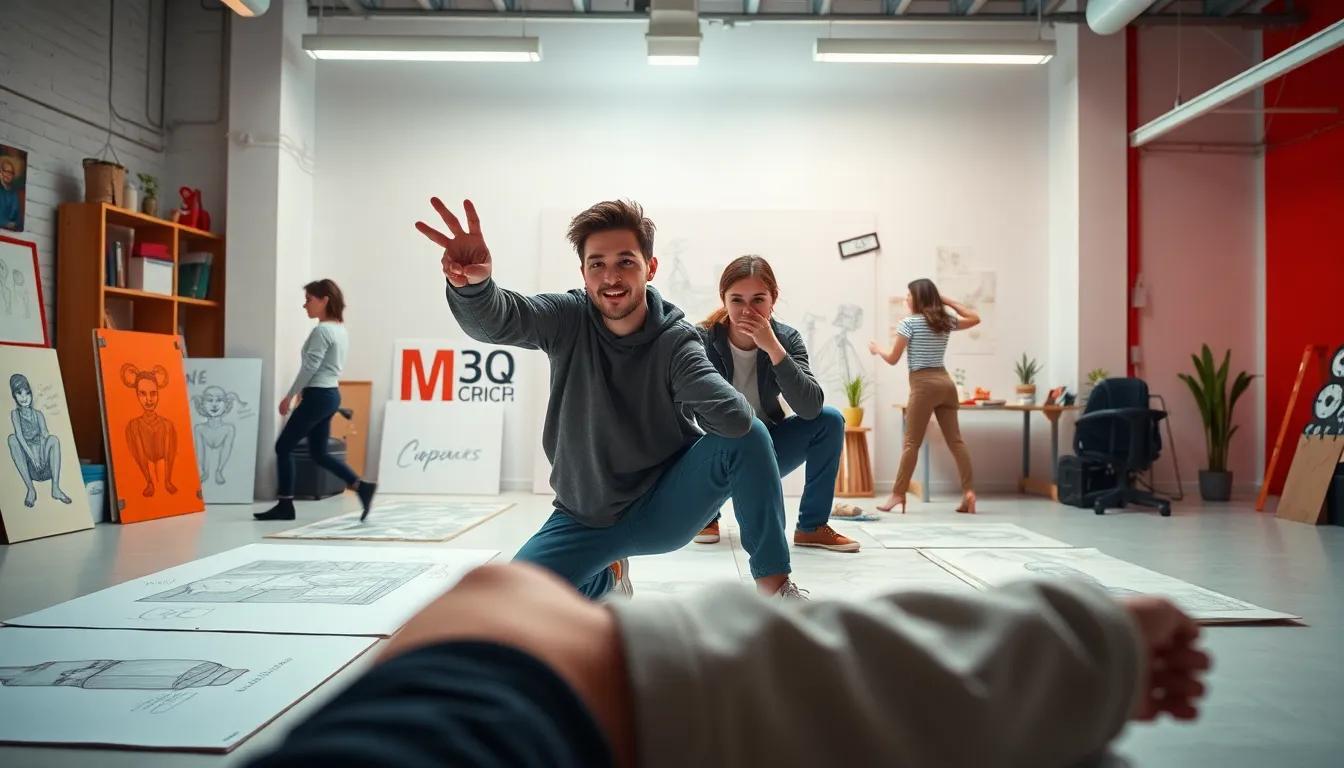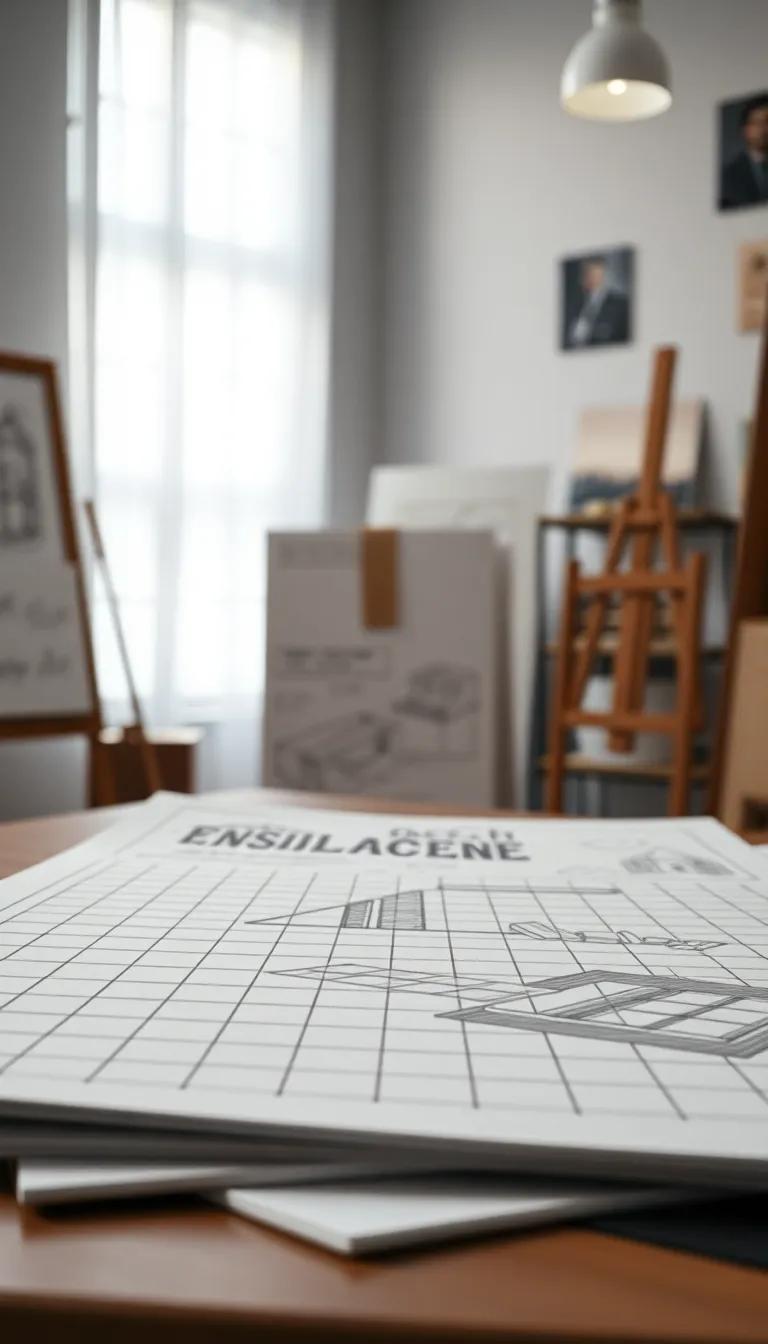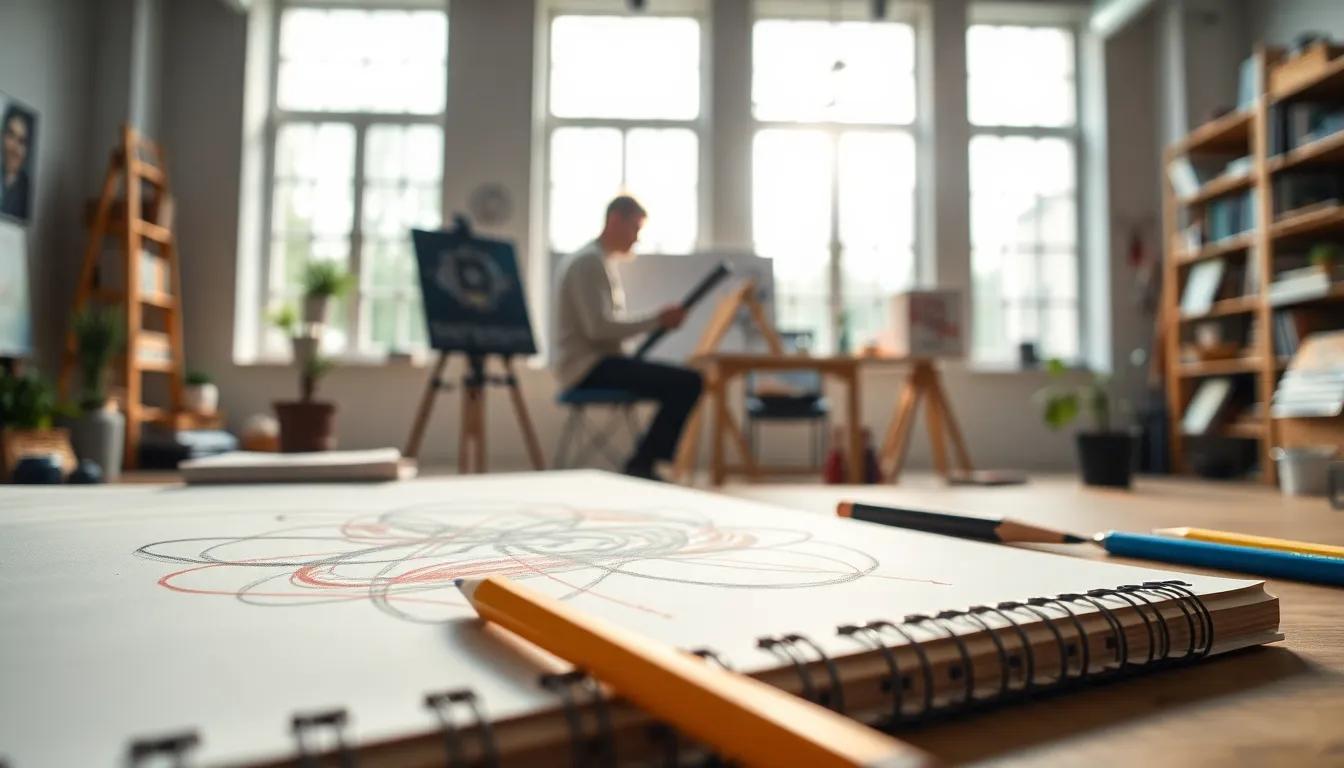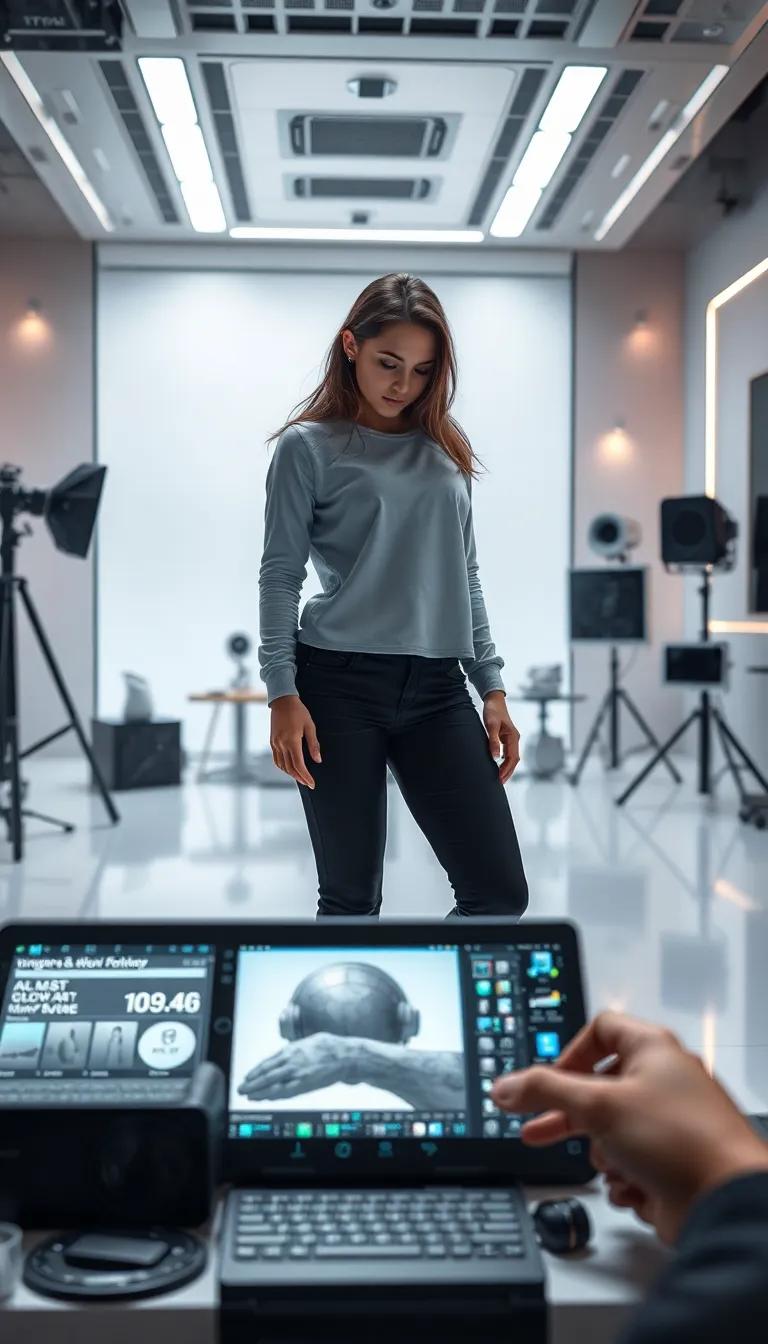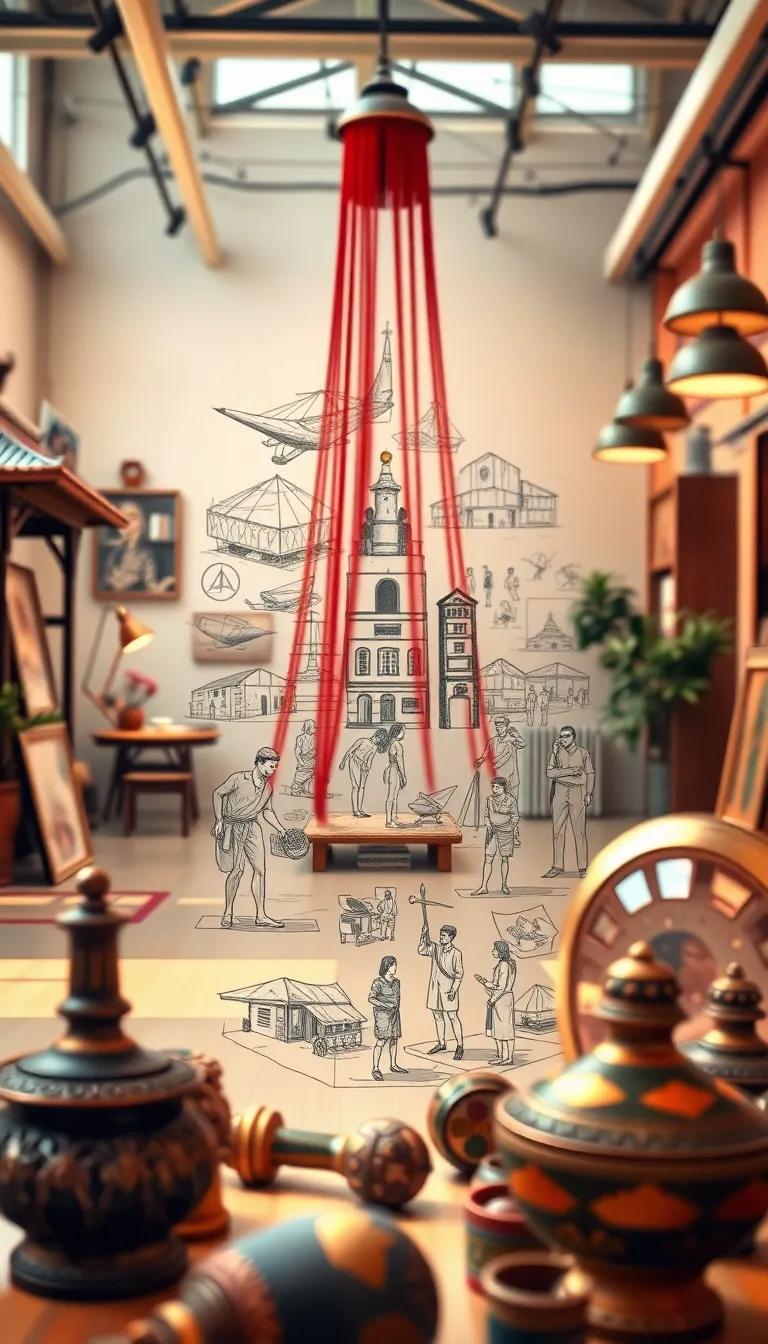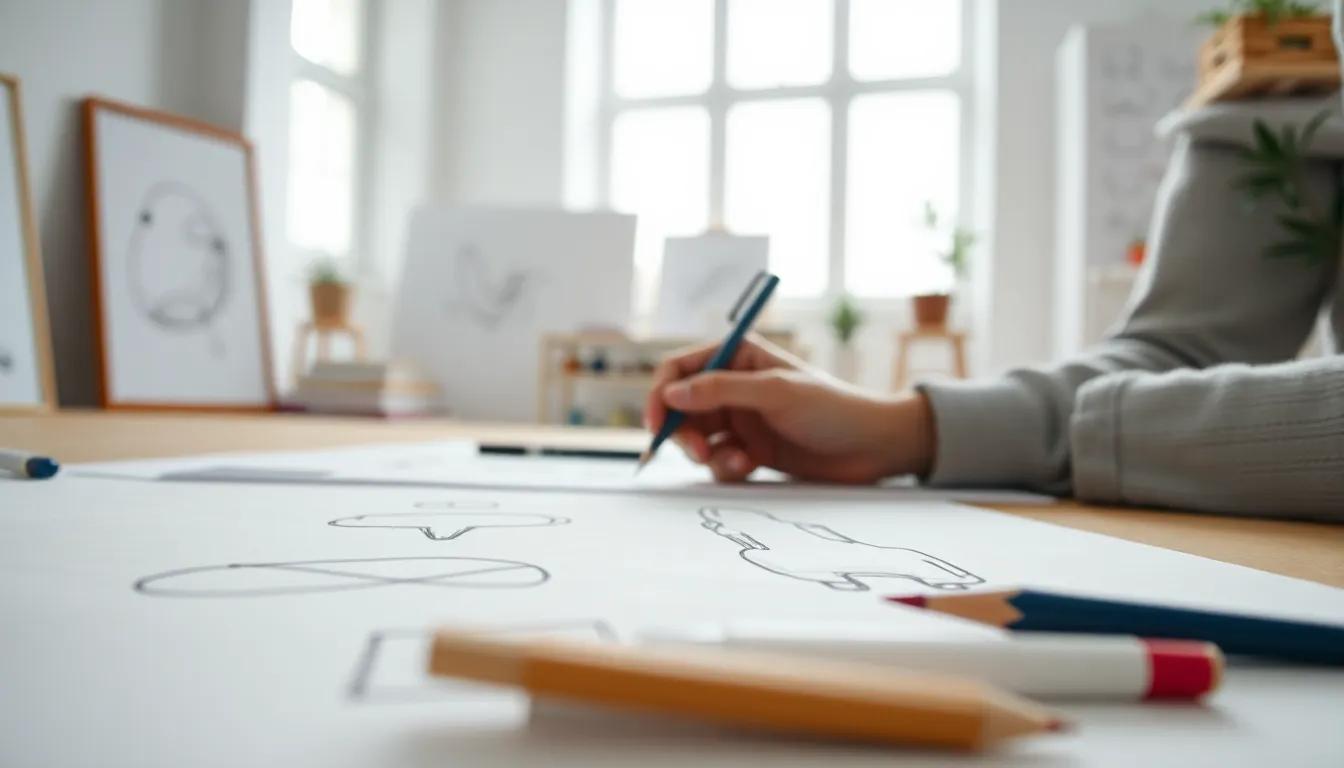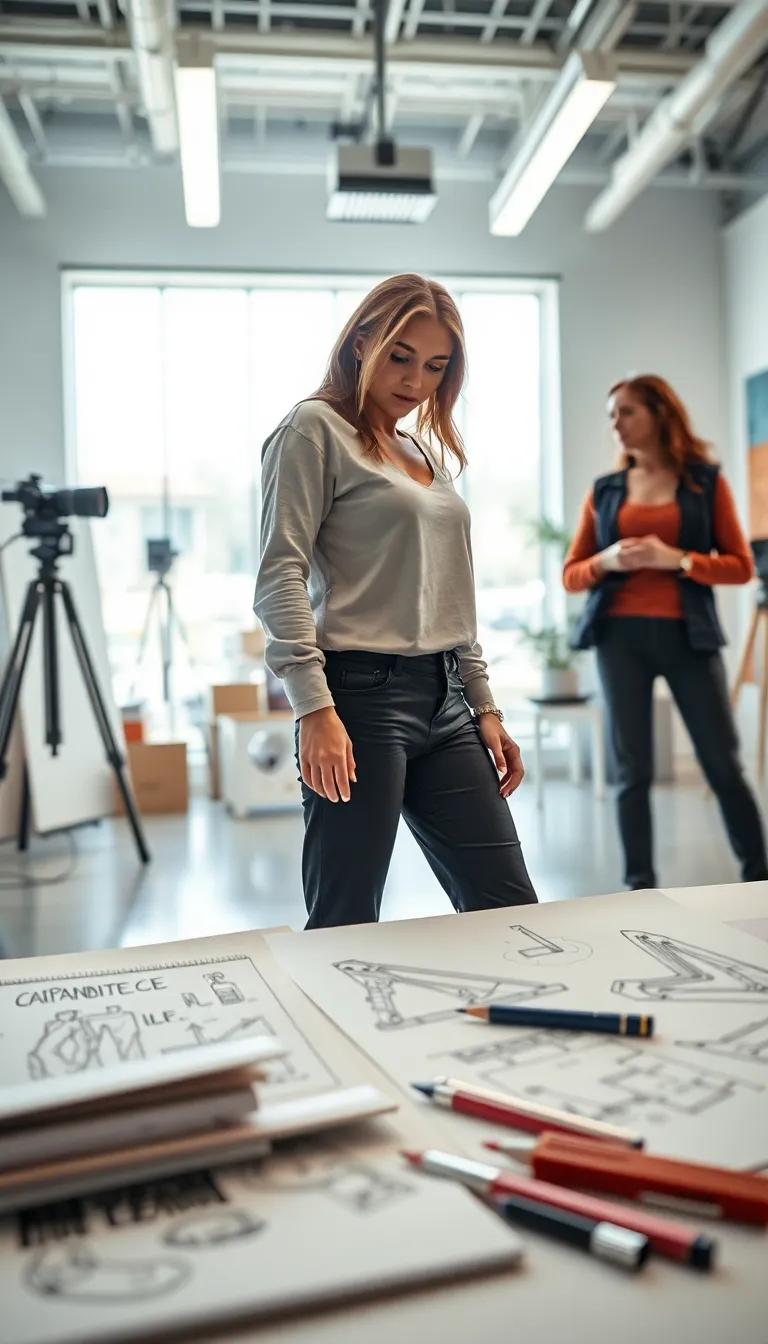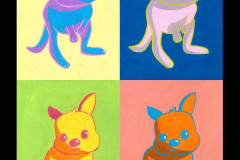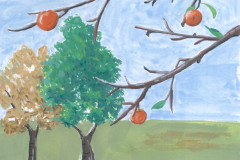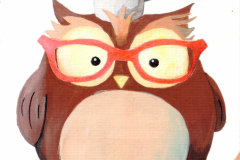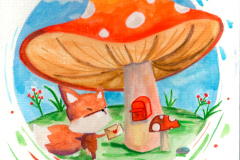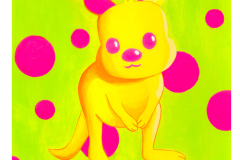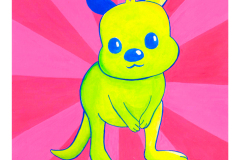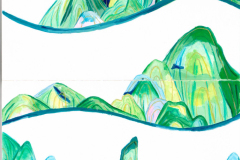Introduction
Art has always been a reflection of human expression, and perspective poses play a vital role in conveying emotions and stories through visual media. Innovative perspective poses not only challenge traditional depictions but also push the boundaries of creativity. By experimenting with angles, lighting, and the human form, artists can create compelling narratives that resonate with viewers. The journey into understanding perspective poses opens up a realm of artistic possibilities that can enhance the uniqueness of artwork.
In this article, we work into various innovative techniques for creating perspective poses that breathe new life into art. We will examine how these methods can transform artistic practice, facilitating a deeper connection between the artist and the audience. From the nuances of pose selection to the incorporation of dynamic compositions, each chapter will unravel the intricate world of perspective in art. Join us as we explore how these innovative approaches are redefining visual storytelling.
Understanding Perspective in Art
Foundations of Perspective and Its Historical Significance
Perspective in art serves as a fundamental principle that shapes how artists depict three-dimensional space on a two-dimensional canvas. Historically, the development of perspective transformed artistic practices, particularly during the Renaissance, when artists such as Filippo Brunelleschi and Leon Battista Alberti formulated mathematical principles that allowed for realistic representations of depth and space. These innovations led to an era in which depth was encoded within the fabric of art, enabling viewers to engage with naturalistic environments and figures. The introduction of linear perspective created a definitive vanishing point, impacting the viewer’s experience by giving a sense of realism that was unprecedented at the time.
As artistic expression evolved, so too did the interpretation of perspective. Artists began to experiment with different types of perspective, such as atmospheric perspective, where color and clarity suggest distance, while others manipulated the viewer’s perception. This continued experimentation opened avenues for innovation, leading to a myriad of styles and techniques that departed from traditional realism.
The Influence of Perspective on Contemporary Artistic Practices
In modern art settings, the dialogue surrounding perspective has taken on new dimensions. Contemporary artists often challenge conventional notions of perspective, opting for dynamic perspectives or abstract interpretations. By undermining realistic depictions, they invite viewers to consider alternative realities and engage with their work in nuanced ways. Artists like Pablo Picasso and Salvador Dalí explored cubism and surrealism, respectively, breaking the boundaries of perspective to present multiple viewpoints simultaneously.
Innovative perspective poses, such as tilted angles or fragmented spaces, have emerged as tools for creating unique art creations. These poses encourage artists to reimagine how figures and objects interact within a space, fostering originality while challenging spectators’ perceptions. Additionally, the integration of digital tools has expanded the realm of possibilities, allowing for 3D modeling and virtual reality, where depth and perspective can be manipulated in real-time.
Perspective remains a core element of visual art, albeit in more diverse and complex forms. By understanding its historical and contemporary significance, artists can better utilize perspective in their creative processes, forging connections between tradition and innovation, and thereby enriching the viewer’s experience with unique artistic expressions.
The Role of the Model in Art Creation Understanding Perspective Poses
The Importance of Models in Artistic Expression
Models serve as vital participants in the artistic process, embodying the essence of perspective poses that can significantly transform a piece of art. Their role extends beyond mere physical representation; they become the living source of inspiration that drives an artist’s creative vision. When models adopt innovative poses, it introduces a dynamic element to the composition that invites viewers to engage more deeply with the artwork.
A model’s physical attributes, movements, and emotional expressions contribute to the narrative the artist wishes to convey. These elements are foundational in establishing mood and tone. Artists often rely on models to experiment with various perspectives, allowing them to capture the essence of human form through a lens that highlights specific characteristics or emotional states. For example, a model standing in a contrapposto pose can illustrate balance and tension, emphasizing the juxtaposition of weight and movement that intrigues the observer.
The collaboration between artist and model can enhance the exploration of innovative perspective poses. Artists may wish to depict unique angles that challenge traditional representations, and models facilitate this experimentation. By playing with different body orientations and facial expressions, models help create stunning visual narratives that push the boundaries of artistic conventions. This can involve twisting, crouching, or even layering poses to form complex interactions within a single frame, enriching the viewer’s experience.
Models enable artists to study and execute concepts related to foreshortening and spatial relationships effectively. This symbiotic relationship allows artists to translate their vision into a physical form that is rich and textural. The subtleties of light and shadow on the model’s body, dictated by their pose, can also play a considerable role in creating depth, making the artwork more engaging.
The unique dynamic that models bring forth in relation to perspective poses significantly contributes to both artistic exploration and the narratives expressed in modern art settings. Their ability to embody various characters, emotions, and scenarios cannot be overstated; it is this blend of human presence and artistic interpretation that gives life to innovative works of art.
Techniques for Creating Innovative Poses Enhancing Artistic Composition
In modern art, the manipulation of perspective poses can significantly enhance both composition and narrative. Artists employ a variety of techniques to create innovative poses that breathe life into their work, transforming static representations into dynamic interactions. One key technique involves the strategic use of angles and foreshortening. By adjusting the viewpoint, an artist can create depth and movement, making the subject appear to leap off the canvas. This technique not only captivates the viewer’s attention but also imbues the artwork with immediacy and energy.
Another essential method is the integration of contrasting shapes and forms. By juxtaposing curves against harsh lines or soft textures against rough ones, artists can create a dialogue within the piece. This contrast can enhance the fluidity of movement and make poses appear more natural and expressive. In addition, experimenting with negative space allows the subject to breathe and interact with its surroundings, creating a more immersive experience for the viewer.
Utilizing props and environmental elements can also help in creating innovative poses. Objects that complement the subject can transform a simple stance into a narrative-rich tableau, where every element has significance. For example, a figure holding an instrument or interacting with nature not only enriches the visual composition but also invites the audience to ponder the story behind the pose. This technique encourages the artist to think beyond the figure itself, integrating the subject into a broader context that resonates with viewers.
Incorporating movement is another powerful technique in modern art. Artists might capture a fleeting moment of action or depict a sequence of movements through sequential poses, which convey a sense of rhythm and flow. This can be particularly effective in dance or performance art, where the essence of movement can be transformed into stillness while retaining its vitality.
The exploration of unconventional perspectives—such as bird’s-eye view or worm’s-eye view—can dramatically shift the viewer’s perception. Such angles challenge traditional compositional norms, drawing the audience into a unique relationship with the artwork. By pushing the boundaries of perspective, artists not only create visually stunning pieces but also invite deeper engagement and contemplation of the themes being presented.
Integrating Technology in Perspective Poses
Enhancing Art Through Digital Tools
The integration of technology in modern art has transformed how artists conceptualize and depict perspective poses. Digital tools empower creators to manipulate images and experiment with various angles and compositions more easily than traditional methods allow. This technological advancement opens new avenues to craft unique poses that capture the eye and evoke emotion.
Software like Adobe Photoshop and Procreate offers artists the ability to sketch, modify, and refine their poses in real-time. By leveraging these platforms, one can almost instantaneously shift perspective, allowing for a rapid exploration of different angles and spatial relationships. The ease of applying adjustments to colors, lighting, and shadows can transform a simple sketch into a polished piece, highlighting intricate details that enhance the perspective.
More advanced technologies, such as 3D modeling software, enable artists to pre-visualize their poses in a digital environment. Programs like Blender and Autodesk Maya permit users to construct 3D models, adjusting the camera angle to see how the pose appears from various viewpoints. This not only aids in crafting a compelling narrative but also allows the artist to create dynamic compositions that would be challenging to conceive using traditional drawing techniques.
Photography and Perspective in Art
Modern technology also plays a significant role in the photography of art, particularly concerning perspective poses. High-resolution cameras and sophisticated editing software allow for capturing intricate details and correcting distortions that can occur when photographing artwork. Innovative photographers can manipulate depth of field or utilize unique angles to create engaging compositions that complement the artistic intention behind the poses.
The rise of augmented reality (AR) and virtual reality (VR) brings an exciting dimension to perspective poses. Artists can create immersive experiences where viewers interact with the work from different perspectives, deepening their appreciation of the artistic narrative. For example, an AR application could allow individuals to view a sculpture from multiple angles or even alter its position, inviting a personal interaction that traditional art forms cannot offer.
Integrating these advanced tools not only influences how art is made but also encourages a deeper exploration of perspective in artistic expression. By melding creativity with technology, artists are positioned to redefine what is possible in contemporary art, making innovative poses more accessible and dynamic than ever before.
Exploring Cultural Influences on Perspective
Interpreting Perspective Through Cultural Lenses
Culture significantly shapes the way artists express perspective in their work, influencing innovative poses that resonate with contemporary themes. Throughout history, various cultures have developed unique methods for representing space, depth, and proportion. For instance, Eastern and Western traditions differ substantially in their portrayal of perspective. Western art, particularly since the Renaissance, has prioritized linear perspective, employing mathematical principles to depict reality accurately. This approach has led to the creation of immersive environments that invite the viewer into the scene.
Conversely, many Eastern art forms, such as traditional Chinese landscape painting, utilize an approach known as “shifting perspective.” Rather than adhering to a single viewpoint, these artists present multiple angles within one canvas, allowing for a more holistic representation of space and time. This multifaceted approach encourages innovative poses that blend various perspectives, resulting in artworks that are dynamic and layered.
In African art, the concept of perspective transcends physical representation and taps into spiritual dimensions. Shapes and figures often convey symbolic meanings rather than realistic imagery. Artists may distort proportions and perspectives to emphasize the essence of the subject, reflecting cultural beliefs and the relationship between the spiritual and physical worlds. This innovative approach to perspective can inspire contemporary artists to challenge conventional poses, inviting them to explore the emotional and spiritual depth behind their subjects.
Innovative Poses Born from Cultural Interpretations
These diverse interpretations of perspective enrich the possibilities for artists today. By integrating cross-cultural influences, contemporary creators can develop innovative poses that transcend traditional frameworks. For example, they can experiment with layering techniques inspired by Eastern art, combining elements of linear perspective with multifocal viewpoints to produce visually striking compositions. Such approaches may involve merging photo manipulation with traditional practices, allowing the artist to capture a unique spatial narrative.
Contemporary artists can derive inspiration from the emblematic aspects of African art, employing exaggerated perspectives or rearranging dimensions to communicate deeper narratives. These innovative poses have the potential to evoke emotion and challenge perceptions, fostering a connection between the artwork and the viewer that goes beyond mere aesthetics. The melding of cultural insights into perspective not only expands the artist’s toolkit but also invites audiences to engage with the art on multiple levels, sparking conversations around identity, history, and representation.
Case Studies of Artistic Innovation Innovative Perspective Poses in Modern Art
Throughout the art world, numerous artists have pioneered innovative perspective poses, using them as a powerful tool to challenge viewers’ perceptions and engage their emotions. One prime example is the work of contemporary artist Claes Oldenburg, whose installations often play with scale, bending traditional perspectives. In his larger-than-life sculptures, such as “Giant BLT,” Oldenburg distorts everyday objects into monumental forms. This inversion enhances the viewer’s experience of perspective, encouraging individuals to reconsider their interactions with familiar items. By manipulating size and scale, he creates unique poses that invite observers not just to look, but to engage with and physically walk around his artwork.
Another noteworthy case is artist Ori Gersht, whose photography often captures fleeting moments that blend time, movement, and perspective. In his series “Still Life,” Gersht utilizes explosive bursts of color and form to create visually arresting images that question the traditional still-life genre. The intricate layering of perspectives in his work allows the viewer to witness the dichotomy between beauty and destruction. This expansive viewpoint invites participants to ponder the transient nature of both life and art, creating a dialogue that extends beyond the image itself.
The digital world has also witnessed dynamic shifts in perspective through the work of contemporary virtual reality artist Jennifer Steinkamp. Her immersive installations utilize advanced technology to redefine spatial perception and amplify perspective poses within a three-dimensional space. In her piece “Garden,” viewers enter a digitally animated environment where flora blooms and moves in real-time. This dynamic interaction reshapes the conventional approach to perspective, allowing audiences to physically navigate and influence the artwork. Steinkamp’s innovative use of technology exemplifies how modern art can evolve through a fusion of traditional artistic expressions and contemporary techniques.
In examining artists like Oldenburg, Gersht, and Steinkamp, it becomes clear that innovative perspective poses serve as a transformative element in the art world. They invite viewers to engage in a dialogue with the work, compelling them to step outside their preconceived notions of space and perspective. By examining these case studies, one witnesses the profound impact of artistic innovation on audience engagement, fostering a deeper understanding of the interplay between perspective and emotional experience.
Future Trends in Perspective Poses Exploring Innovative Techniques in Modern Art Settings
Speculative Innovations in Perspective Art
The evolution of perspective art is poised at the intersection of technology, globalization, and cultural narratives, each contributing to a transformative landscape that invites artists to experiment with their approaches to perspective poses. The future seems primed for an exciting blend of traditional techniques and modern innovations that could redefine visual representation in profound ways.
Recent advancements in technology, particularly in augmented reality (AR) and virtual reality (VR), hold great promise for the future of perspective poses. Artists can utilize these tools to create immersive environments that challenge conventional notions of perspective. For example, an artist could design a space where viewers navigate through a 3D world, influencing their perception of depth and angle in real-time. This interactive element allows for a personalized experience, enabling each observer to interpret perspective in a unique context, thereby fostering a deeper emotional connection with the art.
Globalization also plays a crucial role as artists today are influenced by diverse cultural narratives that transcend geographical boundaries. As these narratives merge, perspective poses are likely to incorporate varied cultural lenses, enabling the expression of complex ideas and emotions. Future artwork may include collaborative projects that blend different artistic styles, creating a dialogue between the various traditions of visual representation. For example, a fusion of Eastern and Western perspectives might yield innovative practices that embrace fluidity rather than static viewpoints, inviting onlookers to understand art from multiple dimensions.
The changing social landscape will further affect how artists conceptualize perspective. Themes of identity, community, and belonging will increasingly shape artistic directions. Artists may explore unconventional poses to reflect the multiplicity of the human experience during a time of rapid cultural shifts and conversations surrounding self-representation. This experimentation will challenge viewers to engage with artwork that reflects their own diverse backgrounds and experiences.
The future of perspective poses in art is likely to be marked by a synthesis of technology, cultural diversity, and evolving societal narratives. This shift may inspire artists to venture into uncharted territories, resulting in unique creations that encapsulate the complexities of modern life and invite audiences into tomorrow’s artistic conversations.
Conclusions
The exploration of innovative perspective poses reveals their significance in enriching art. These techniques allow artists to express their creativity, communicate emotions, and engage audiences more effectively. By stepping beyond conventional styles and experimenting with new ideas, artists can unlock their full potential and contribute to the ever-evolving landscape of art.
As we conclude this journey through the world of perspective poses, it becomes clear that innovation and creativity are at the heart of artistic expression. Embracing these methods not only cultivates personal growth but also inspires a broader discourse within the art community. Ultimately, by continually pushing the limits of how we perceive and represent change, artists can create works that are truly unique and resonant.

